Tag Archive for: CROWDTHERMAL

Trends in geothermal, 16th February 2021 part 1: investment
On the 16 February 2021, Baseload Capital (an investing firm)…
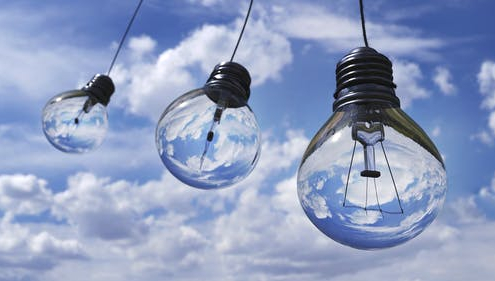
Recap of the “Focus on Geothermal – Energy for the Weekend” Webinar
How can deep geothermal be green whilst releasing CO2 emissions…
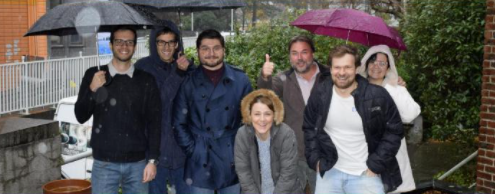
LPRC during 2020 – a summary
The past year was an atypical one, there is no denying it. Despite…
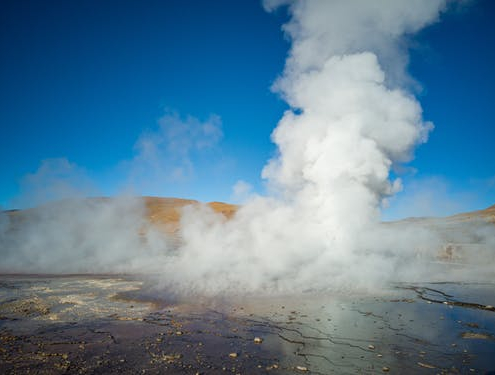
Shallow Geothermal Days 2020: Day 1: Minutes
On Friday, 4th December 2020, the European Geothermal Energy…
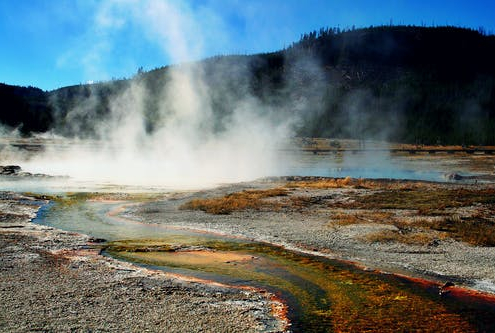
CROWDTHERMAL meeting, 15-17 September, online
From the 15th to the 17th September 2020, the CROWDTHERMAL consortium…
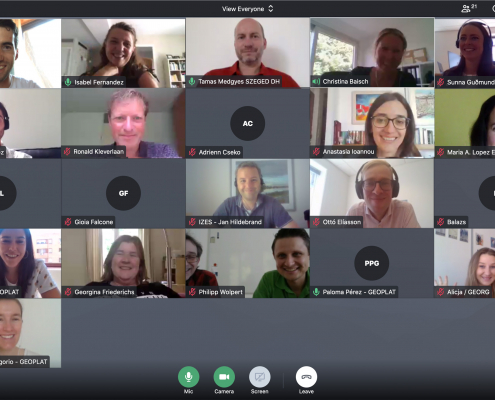
CROWDTHERMAL Consortium e-meeting, online
On the 2nd July 2020, the CROWDTHERMAL consortium had its second…
